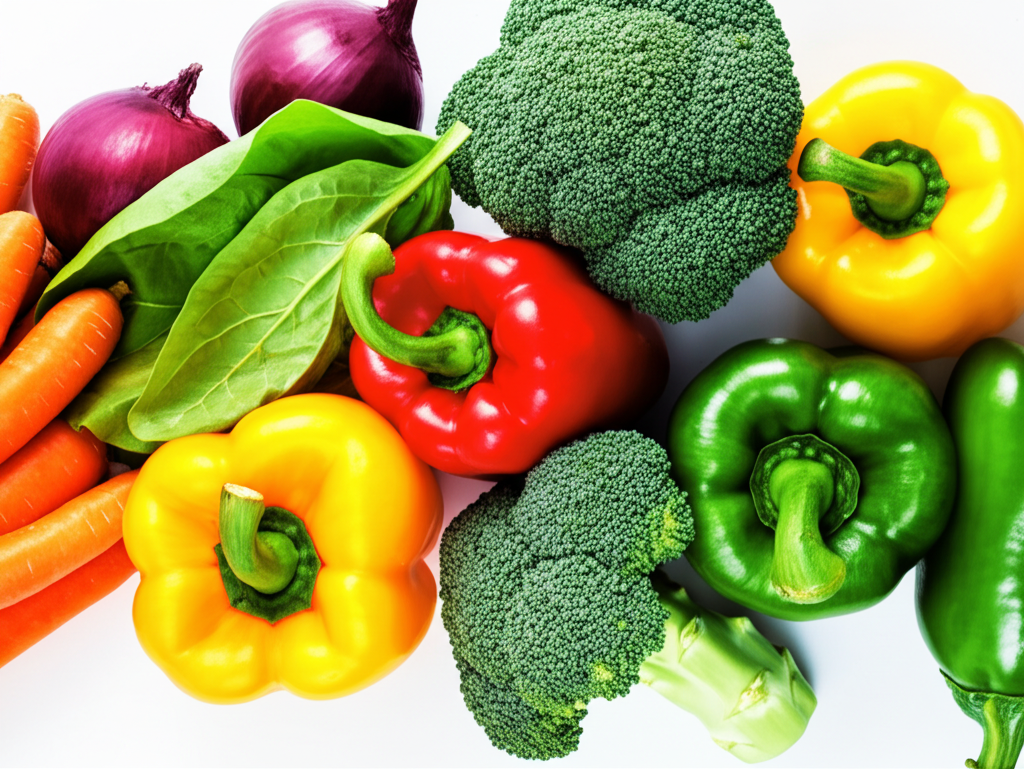The concept of dieting often revolves around restrictions. However, a different approach focuses on understanding how foods impact the body and using that knowledge to achieve weight loss goals. This involves categorizing foods into two main types: Type A and Type E.
Type A foods are those that assist in weight loss. The primary characteristic of these foods is that they produce a minimal insulin response in the body. Insulin is a hormone that helps transport nutrients into cells. While essential for survival, excessive insulin production can lead to weight gain. Therefore, prioritizing Type A foods helps to keep insulin levels in check.
Examples of Type A foods include meats like chicken, turkey, and fish, as well as seafood, cheese, eggs, vegetables, vegetable juices, salads, almonds, and nuts. A diet that emphasizes Type A foods can help promote weight loss by minimizing insulin spikes.
On the other hand, Type E foods are those that can contribute to weight gain. These foods tend to trigger a significant insulin response in the body. When the pancreas releases excessive insulin, it gathers nutrients from the blood and transports them into cells. While this process is necessary for cellular nourishment, an overabundance of insulin can lead to obesity. In the long term, consistently high insulin production can even lead to pancreatic exhaustion and the development of diabetes.
Common Type E foods include bread, pasta, flour, rice, bananas, potatoes, and root vegetables. Cereals, despite marketing claims, are also classified as Type E due to their high carbohydrate content. Other Type E foods include sugar, sweets, chocolate, and milk. Milk contains lactose, a type of sugar, which contributes to its classification as a Type E food. Fruit juices and sugary sodas are also Type E due to their high sugar content.
It’s important to note that no food is entirely off-limits. The key is to understand the impact of different foods on the body and to consume them in moderation.
When it comes to fruits, those that are very sweet to the taste, such as mangoes, bananas, and pineapples, are generally classified as Type E. However, fruits that are less sweet, like strawberries and apples, can be considered Type A.
Yogurt can also be categorized based on its sugar content. Plain yogurt, without added sugars or flavors, is typically low in carbohydrates and can be considered a Type A food. However, yogurt with added fruits or sweeteners is often high in sugar and should be classified as a Type E food. By paying attention to the sweetness and ingredient list, one can determine how to classify a particular yogurt.



